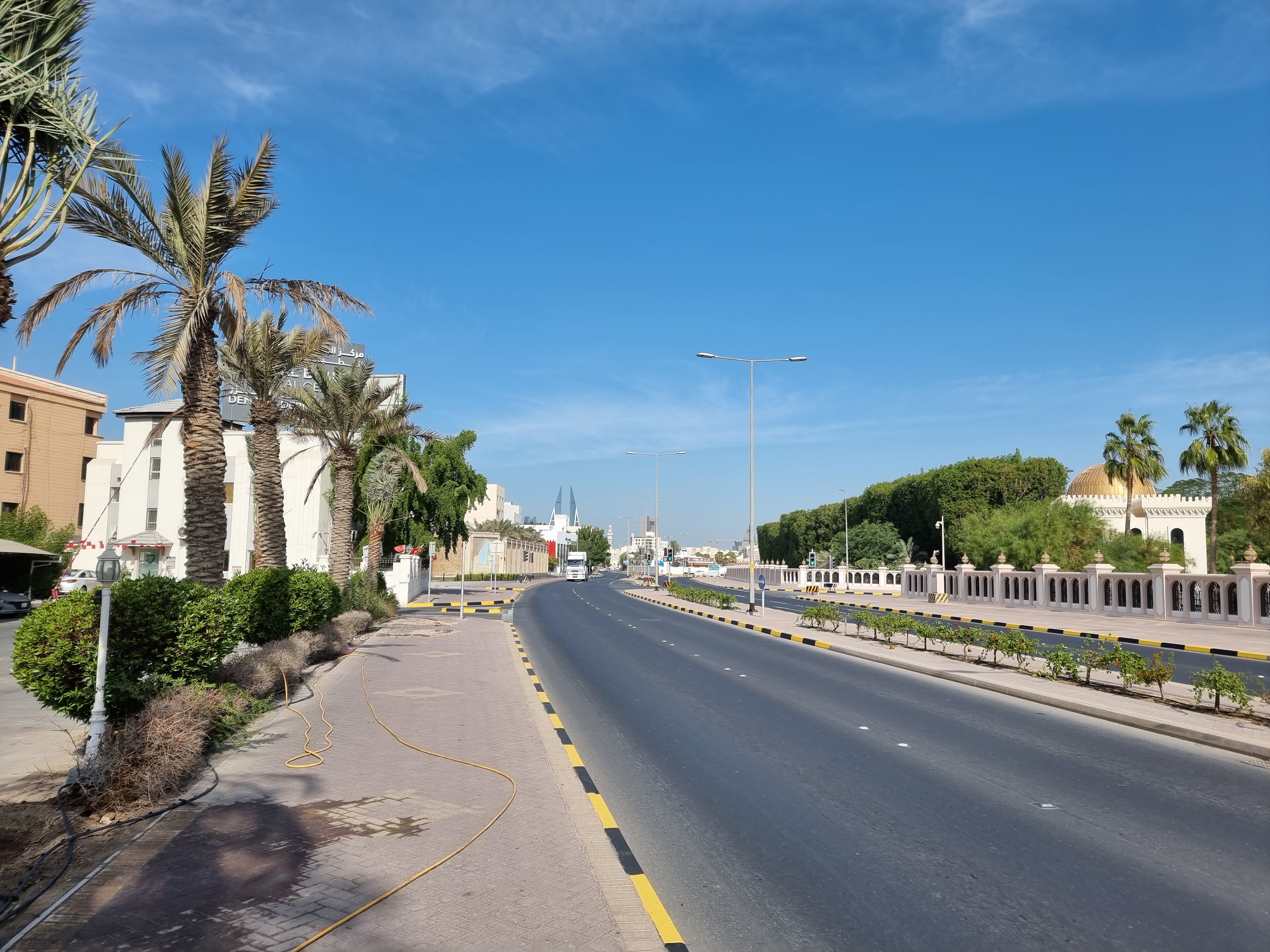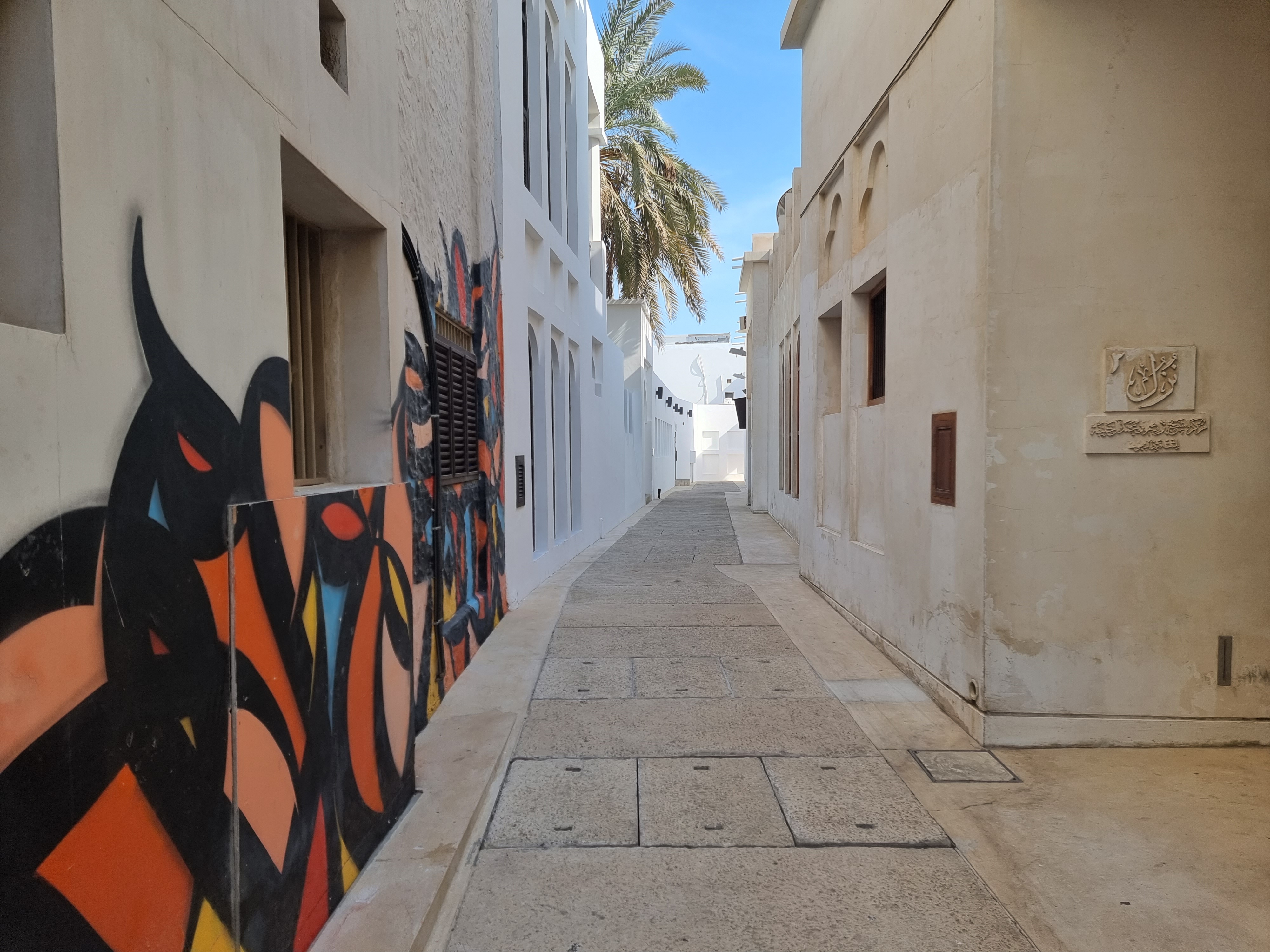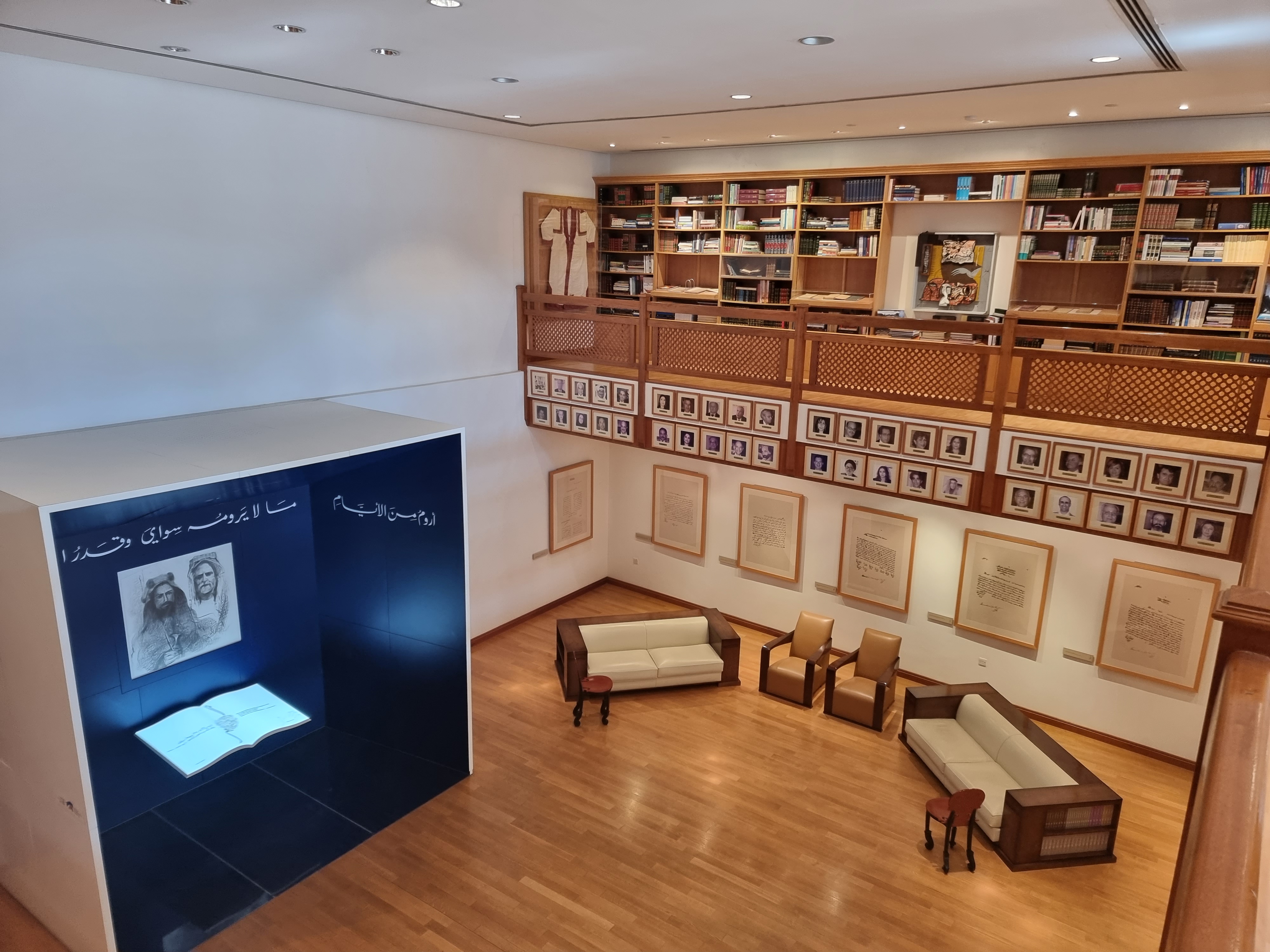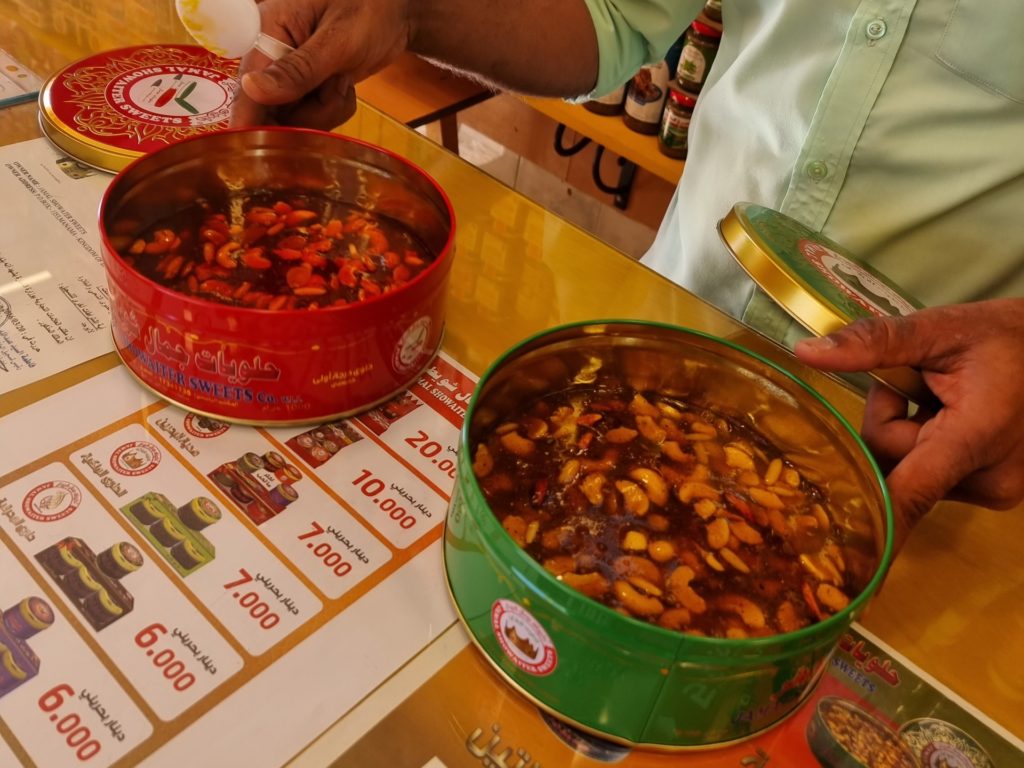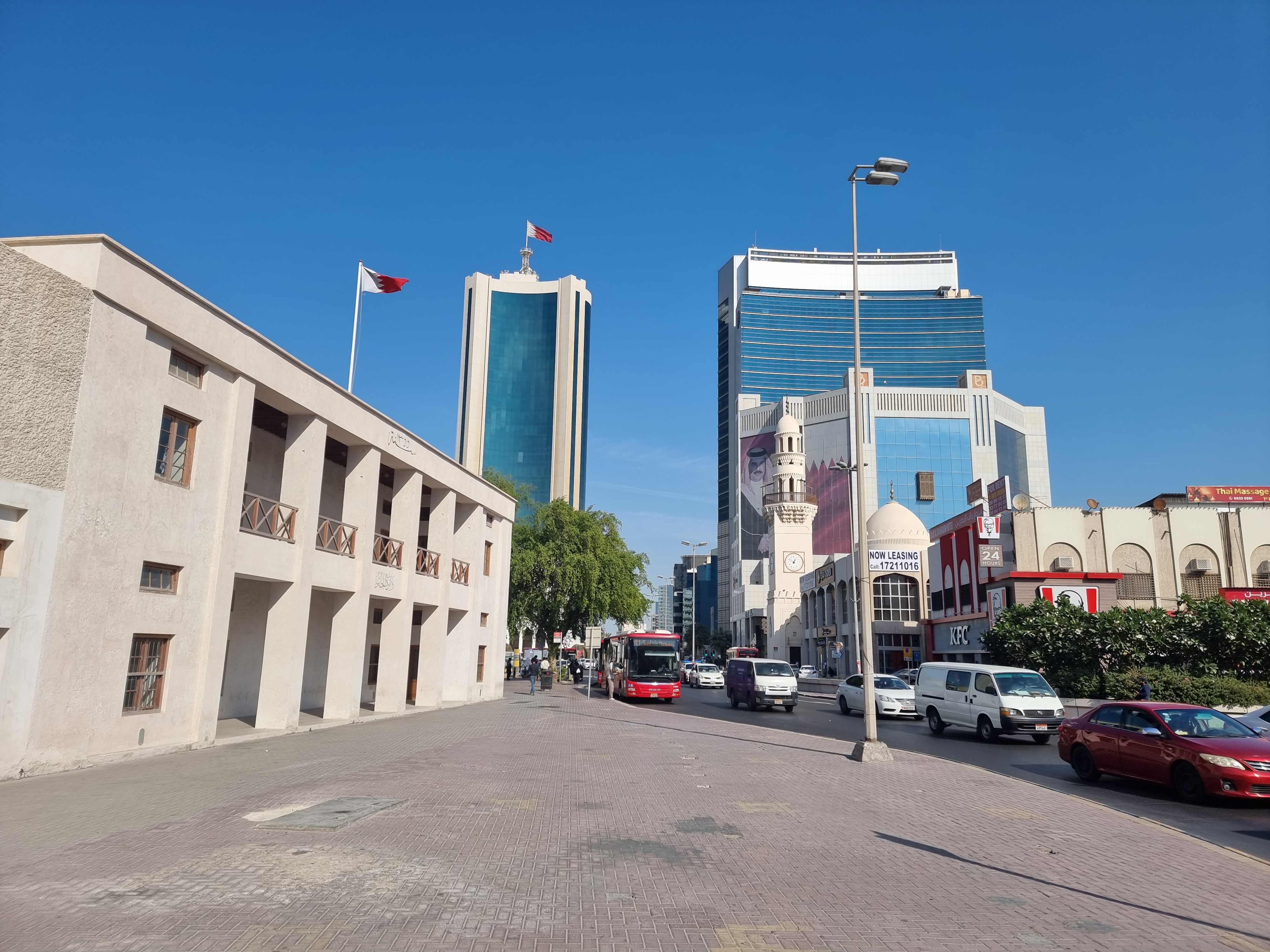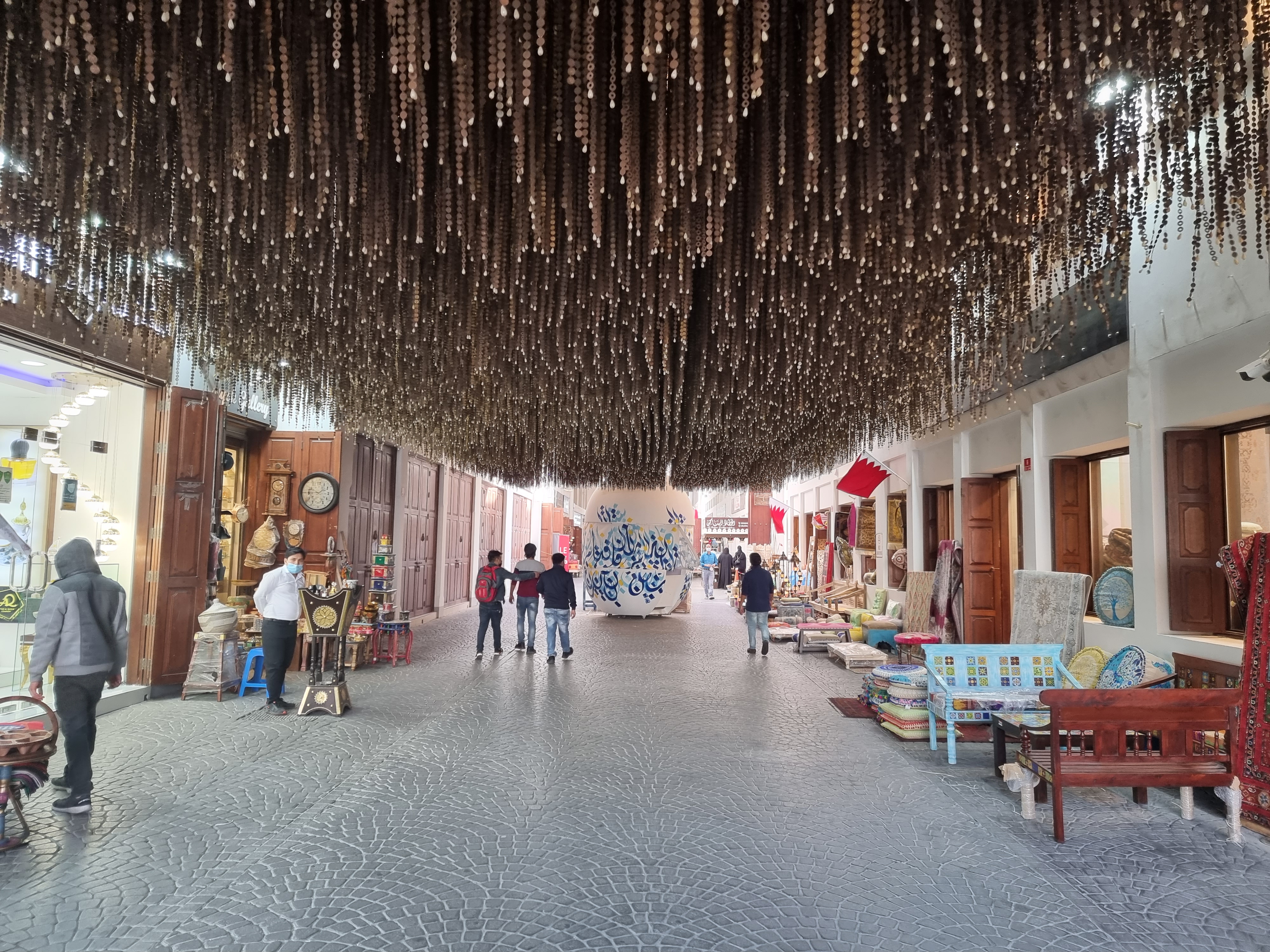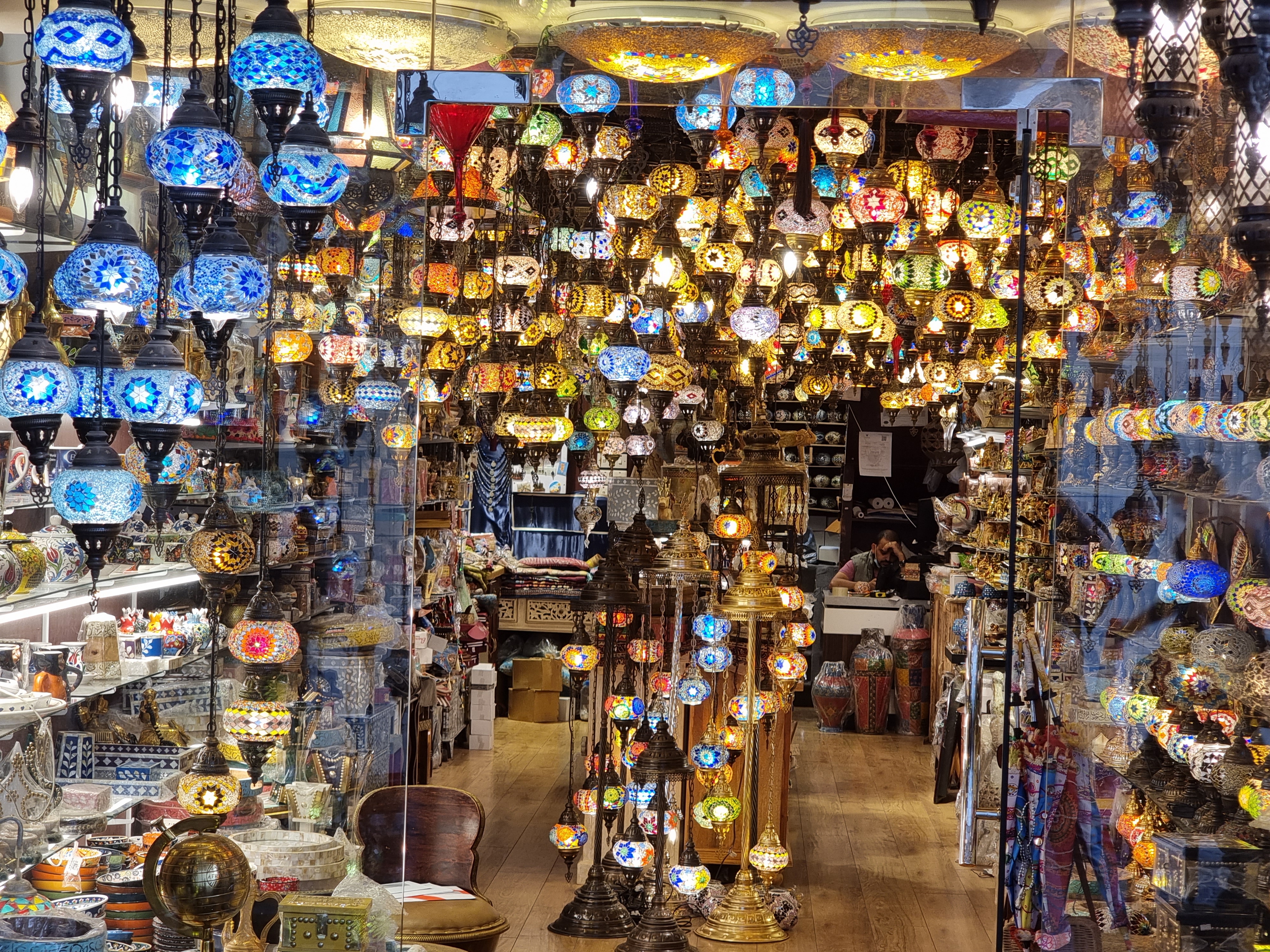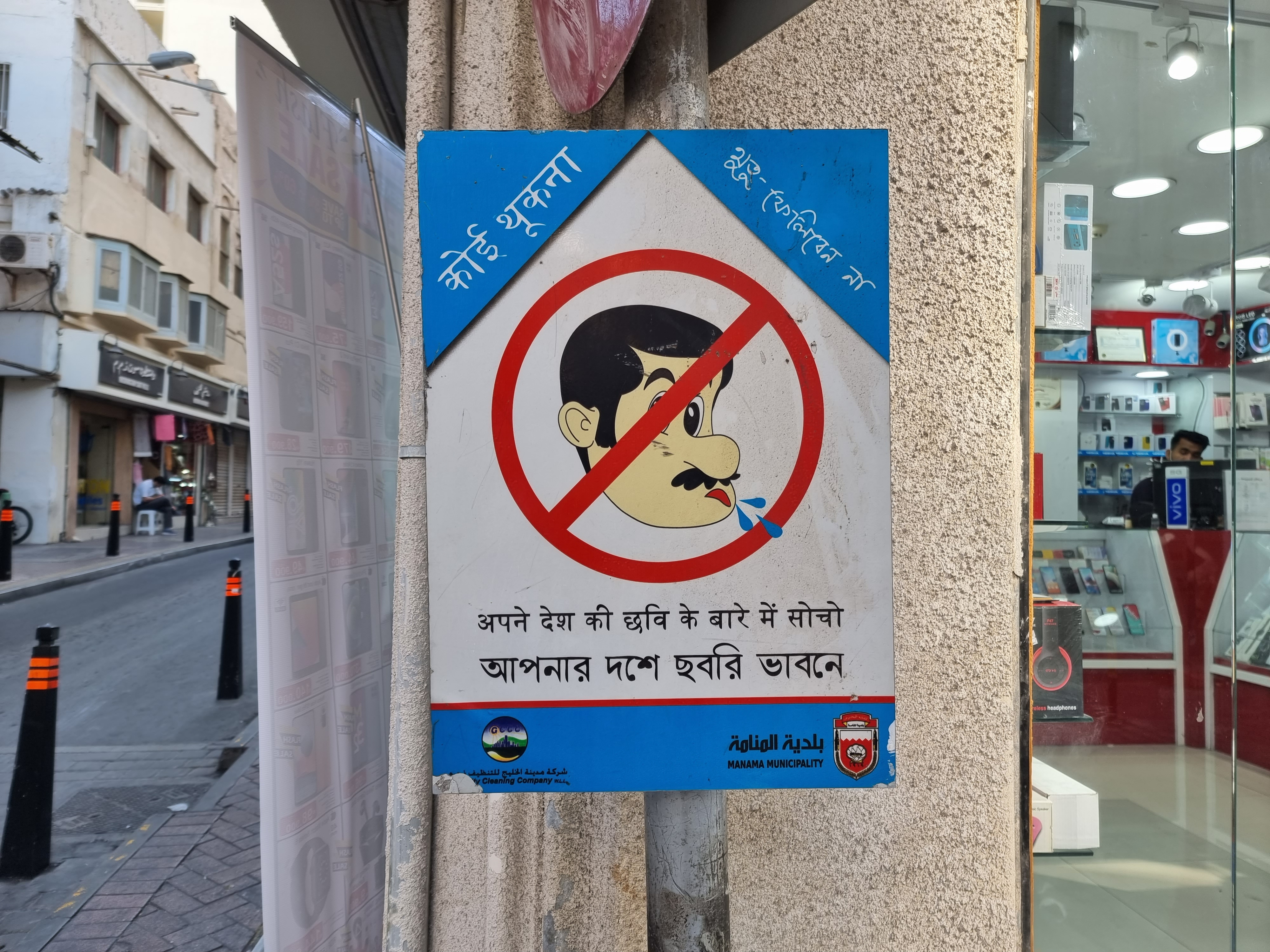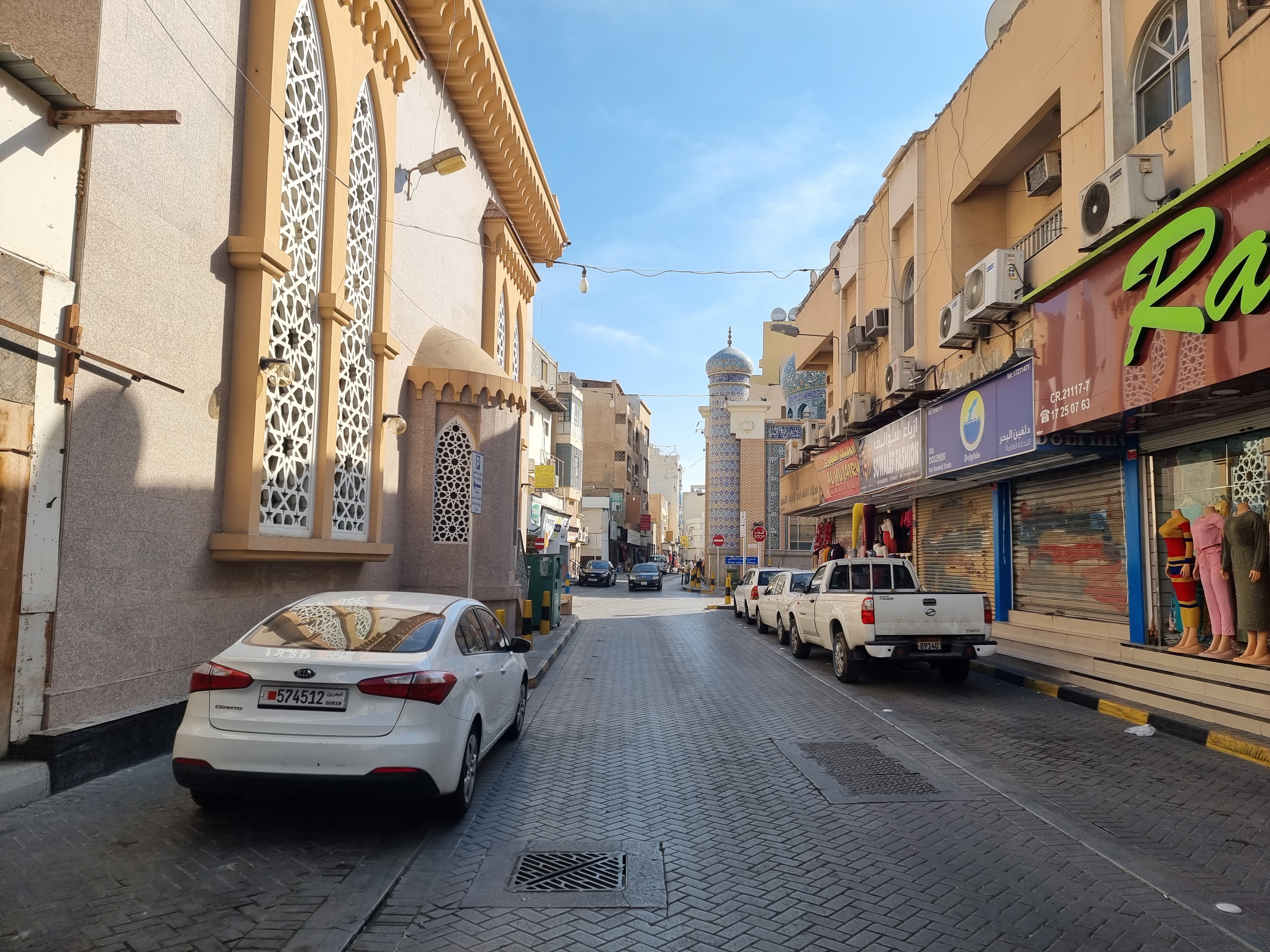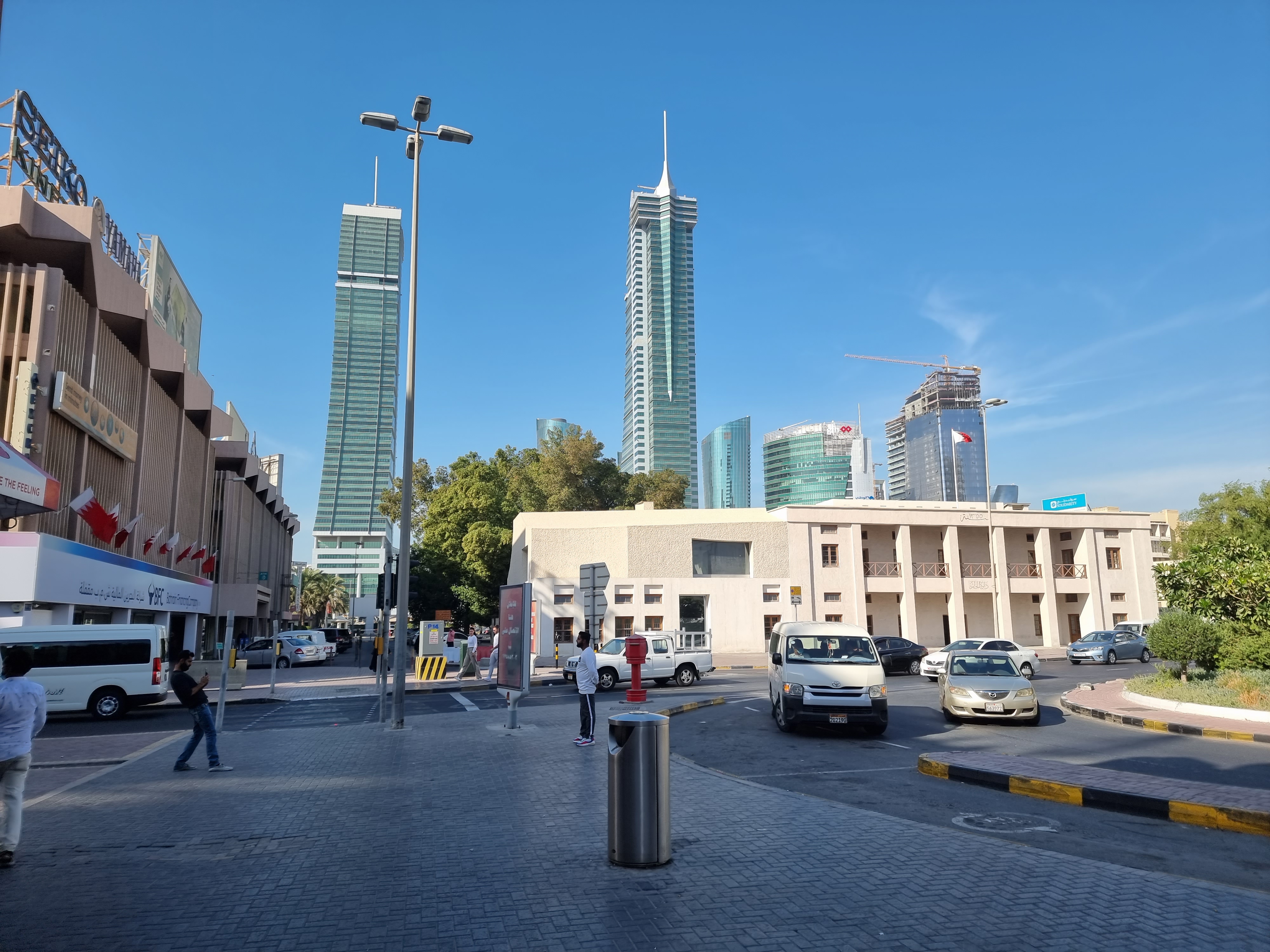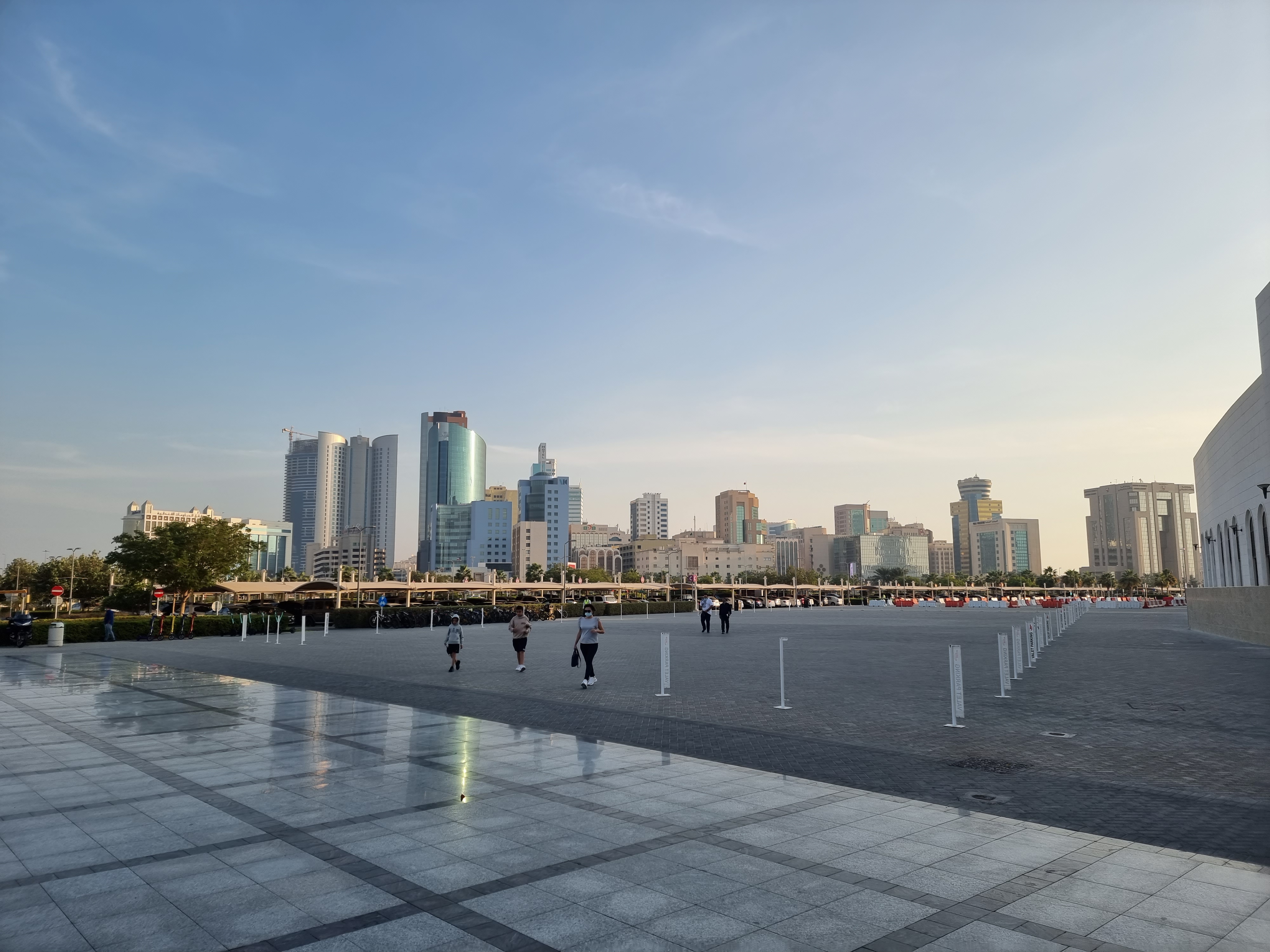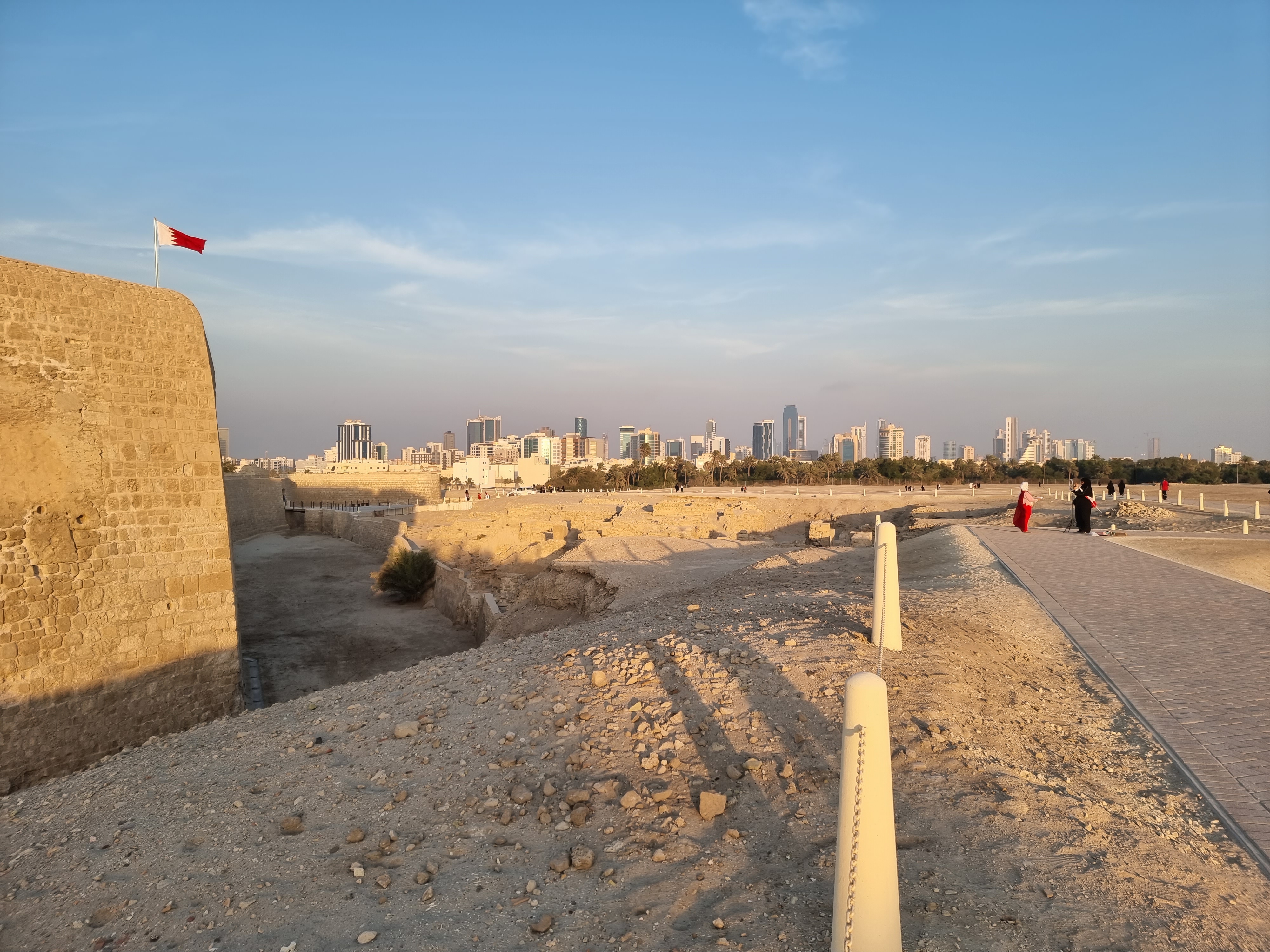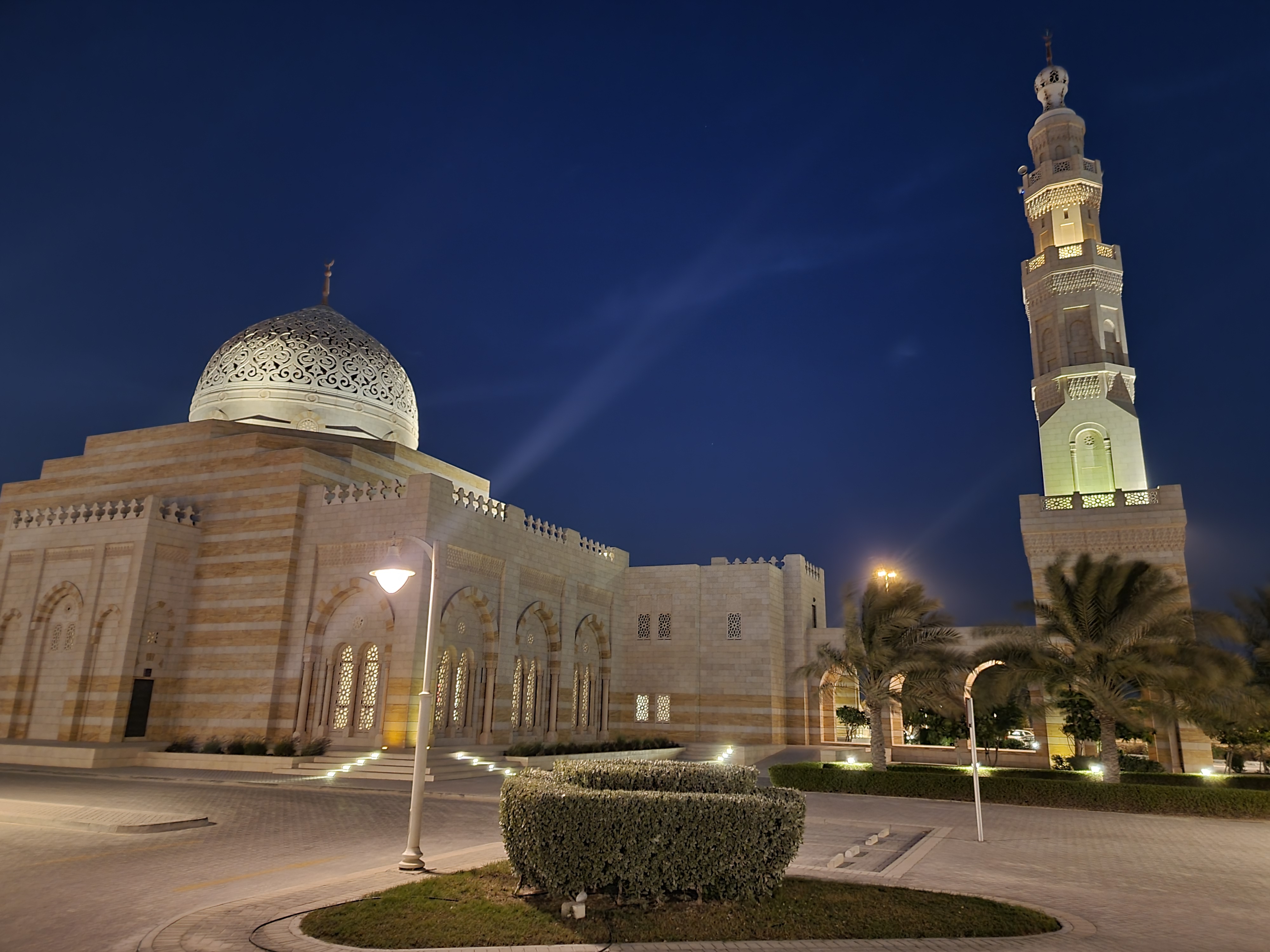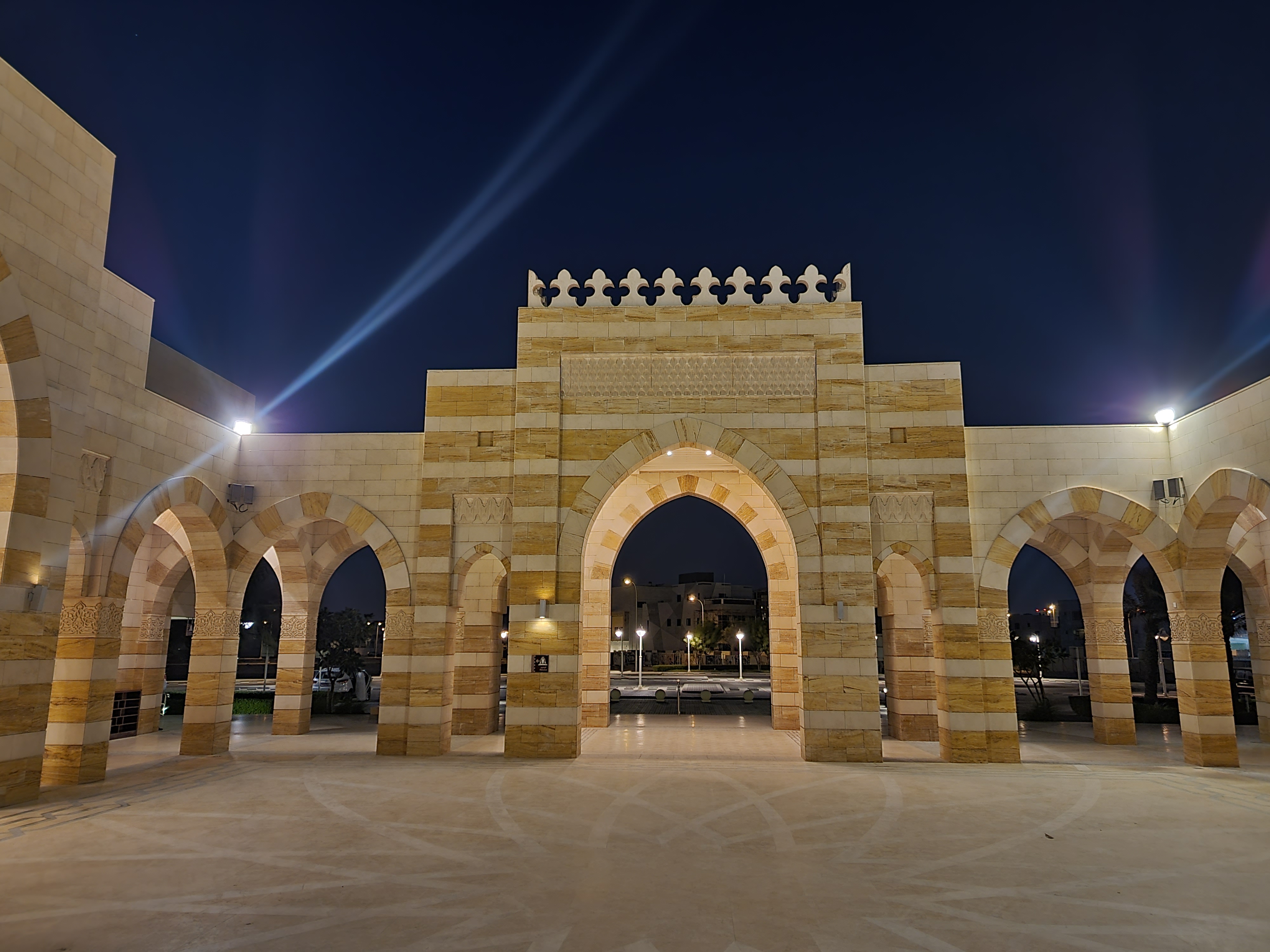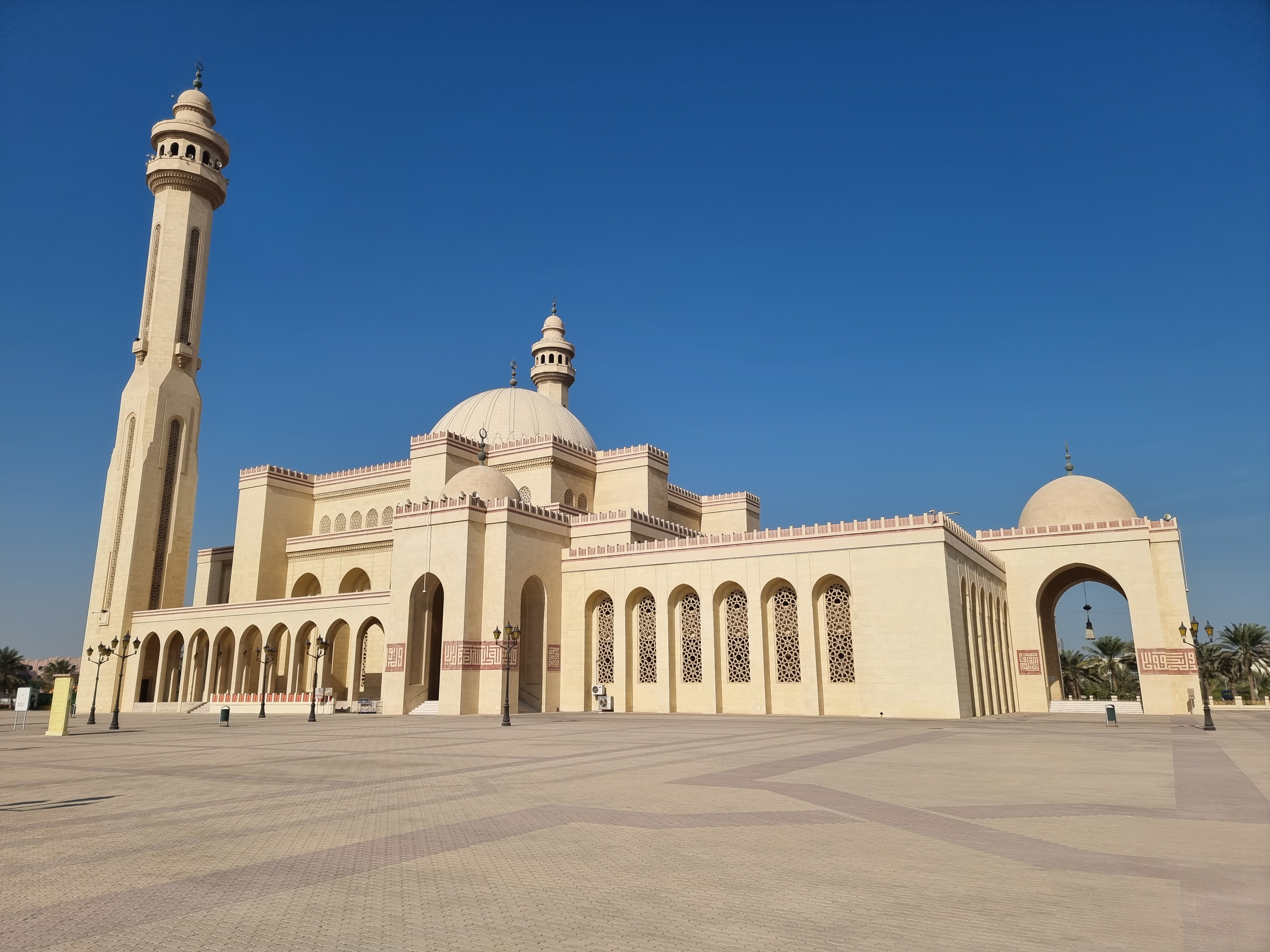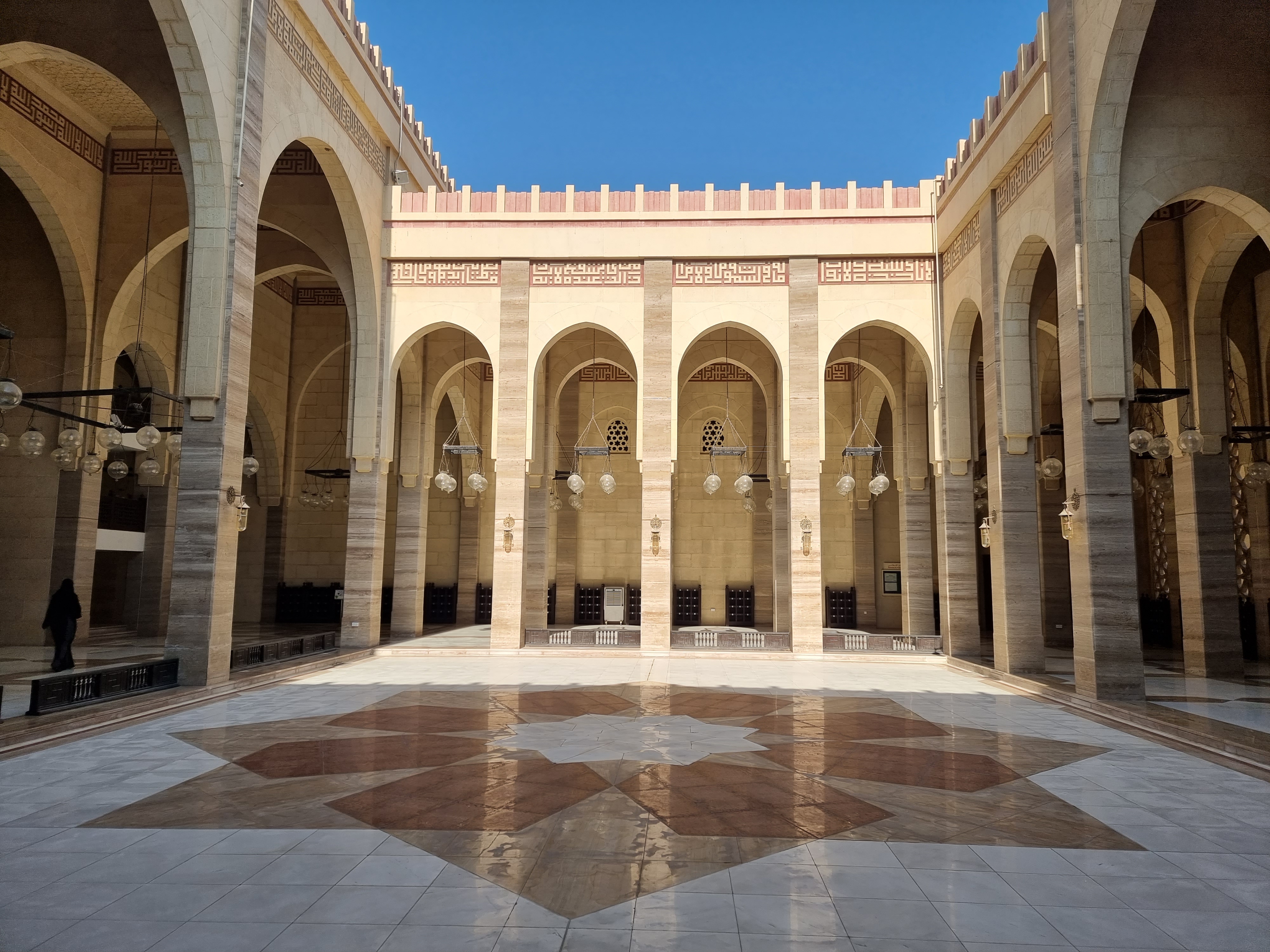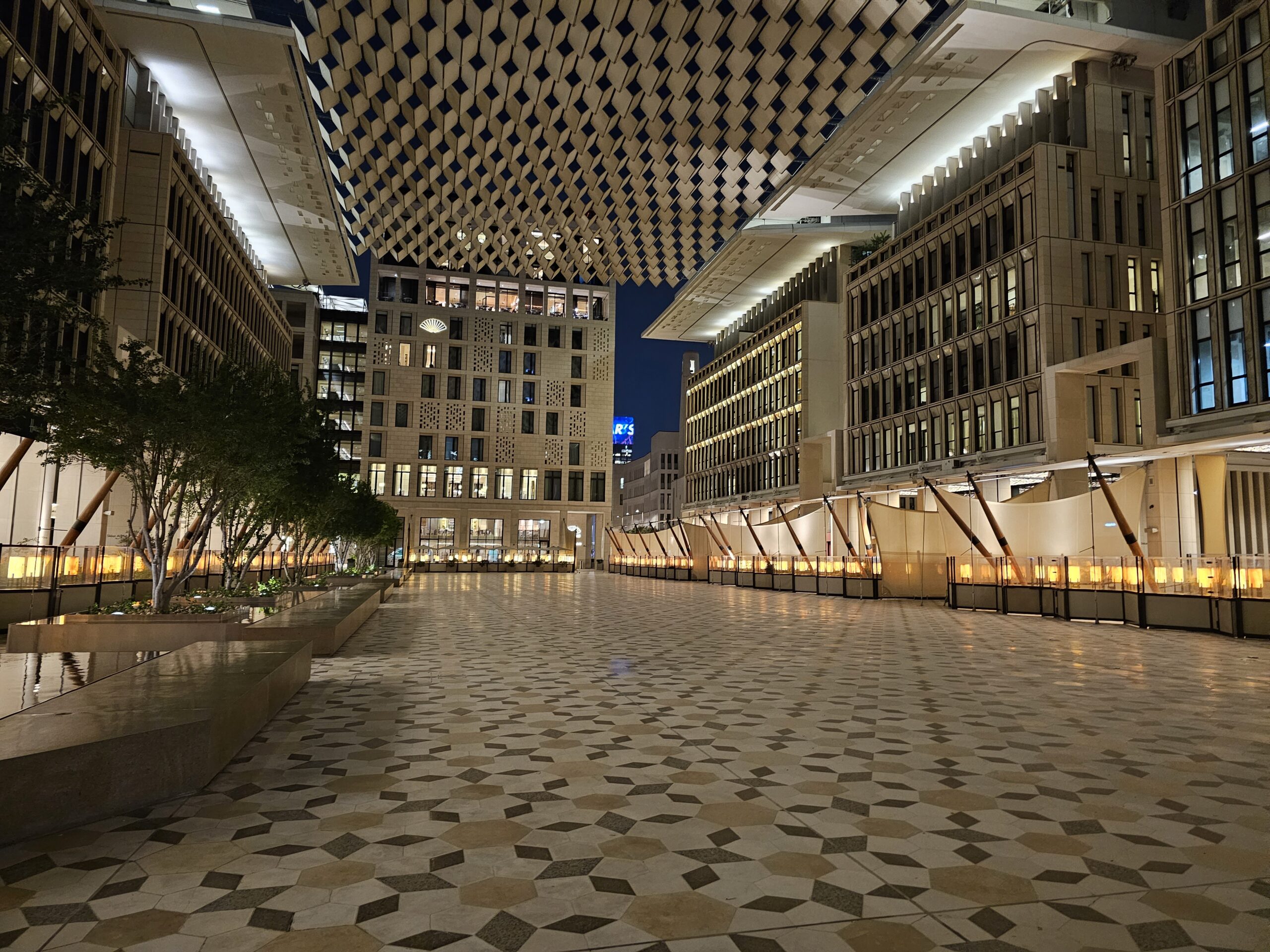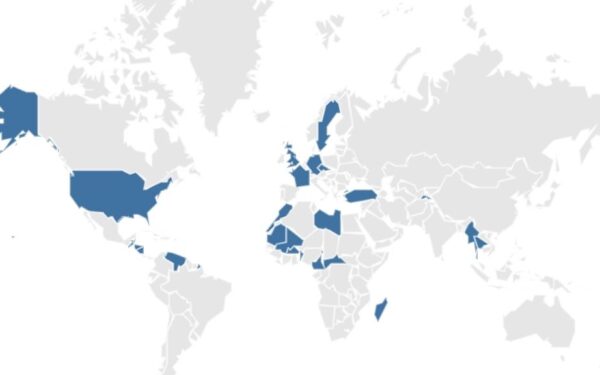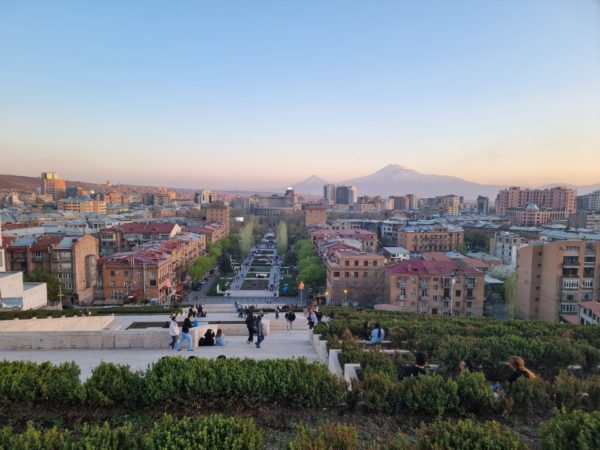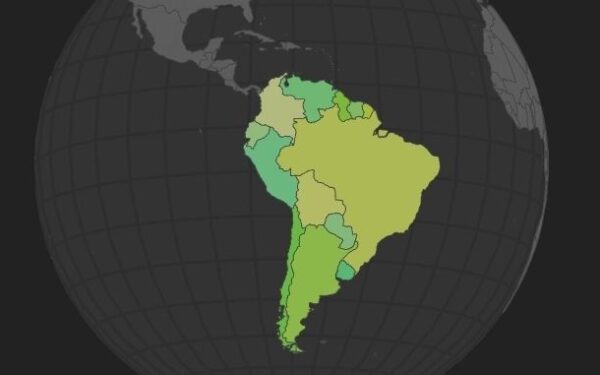Trip report: Bahrain
Visited in December 2021
More than three years have passed since my last visit to the Middle East. Back in September 2018, I was in Kuwait, one of the GCC countries and also one of the three microstates on the Arabian Peninsula.
Unfortunately, I also have to say that even after visiting 124 countries I would call Kuwait as one of my lowlights so far. I found the country terribly boring, because there are almost no attractions and it is moreover one of the most conservative countries in the world.
For this reason, my expectations were not exactly the highest when I traveled to the second of the three GCC microstates in December 2021. My trip took me to Bahrain, a country that consists of 33 islands and is even more than 20 times smaller in area than Kuwait. Bahrain is one of the 20 smallest countries in the world and is comparable to Singapore in terms of area.
Furthermore, Bahrain is known for… yes, what actually? Some may associate the country with the Formula 1 Grand Prix. Others think of oil. Apart from that, the country ekes out a rather inconspicuous existence alongside its two neighboring countries, Saudi Arabia and Qatar. After all, these two countries regularly appear in the global media because they buy up half of the world, engage in a diplomatic conflict against each other, or behead a journalist in Turkey.
Bahrain was also my starting point of a one-week Middle East trip that would end in Saudi Arabia. I planned to spend 1.5 days in Bahrain, because after all the country is so small that you can see most of it in this short time. Besides, I also have to honestly admit that it was not my goal to see everything of the country. In Bahrain, for example, there are some forts, and the forts are like the temples in Southeast Asia. Once you have seen a few of them, the euphoria decreases with each subsequent visit.
In general, sightseeing was rather secondary on this Bahrain and Saudi trip, because my biggest priority was meeting people and learn more about their lives in their countries! Consequently, after two years of abstinence, I signed up again for Couchsurfing, which I haven’t used since they started charging. Even though Couchsurfing only costs CHF 13.50 (~USD 15) per year, it was a matter of principle for me. However, I had to admit to myself that the encounters in the last years were worth much more than this price. Couchsurfing hosts often offer themselves as free guides to show you their hometown. In some cities you pay $100 for a real tour guide, and they are not even always better guides than some couchsurfers.
My Lufthansa flight from Frankfurt landed in Bahrain in the late evening and the first thing I needed to do after arrival was a PCR test. When you arrive in Bahrain you have to pay for three PCR tests. The first one must be done right after arrival, another one on the fifth day and the last one on the tenth day. Unfortunately, you also pay for the second and third test if you leave Bahrain after two days, as in my case.
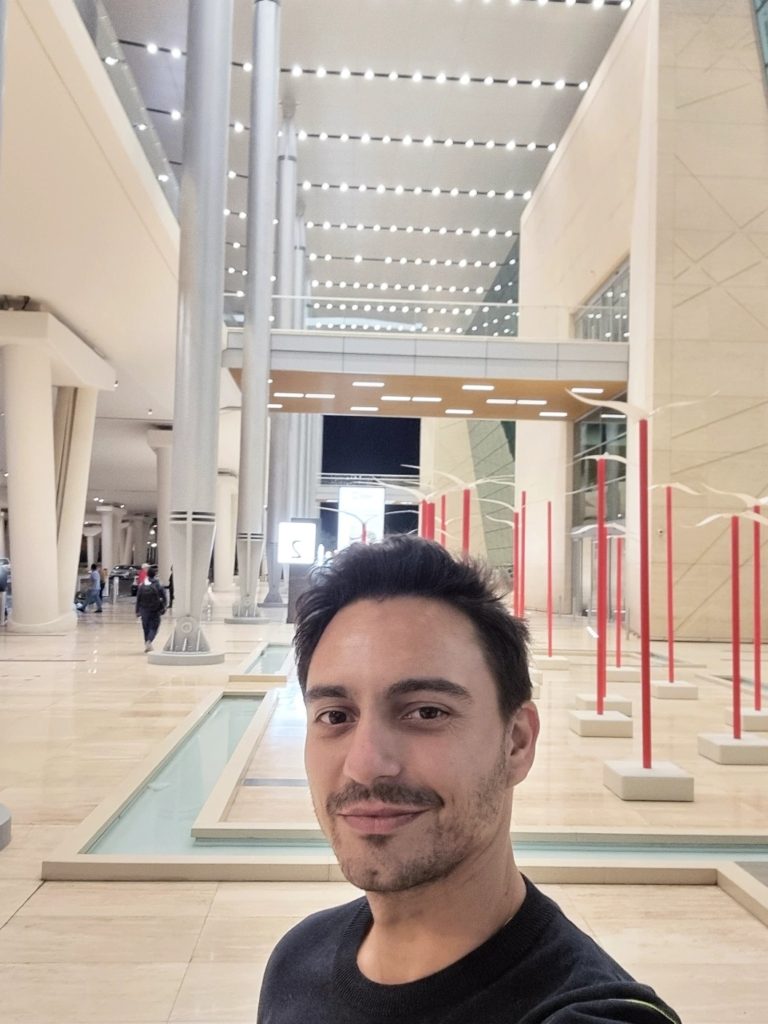
You will get the result via the “Be Aware Bahrain” app, which you have to install before you enter the country. You have to isolate yourself until the result of the first test is available. However, this means that you can move around freely in the hotel, respectively no one would even notice if you left the hotel. Since it takes only a few hours until you get the result, it is best to arrive in Bahrain in the evening or at night. The results should then be there the next morning.
So it was in my case and I could devote the next day to the city without worries. On my request on Couchsurfing has responded, among others, Abdulla, a 30-year-old journalist who writes about wars and conflicts. So purely from the subject area a very interesting companion for a day in Bahrain. Together we visited some of the country’s sights, tasted local specialties and chatted with each other.
So, what is Bahrain like? First of all, Bahrain is not a city-state like Singapore. Bahrain consists of several cities, whose boundaries were not always clear to me. The capital is Manama and next to it, for example, is the village of Karbabad, where the Qal’at al-Bahrain site is located. I could not tell where Manama ends and Karbabad begins. Also Muharraq, Bahrain’s third largest city, is separated from Manama only by a bridge and I would have taken the city for a district of Manama, if Abdulla had not informed me about it.
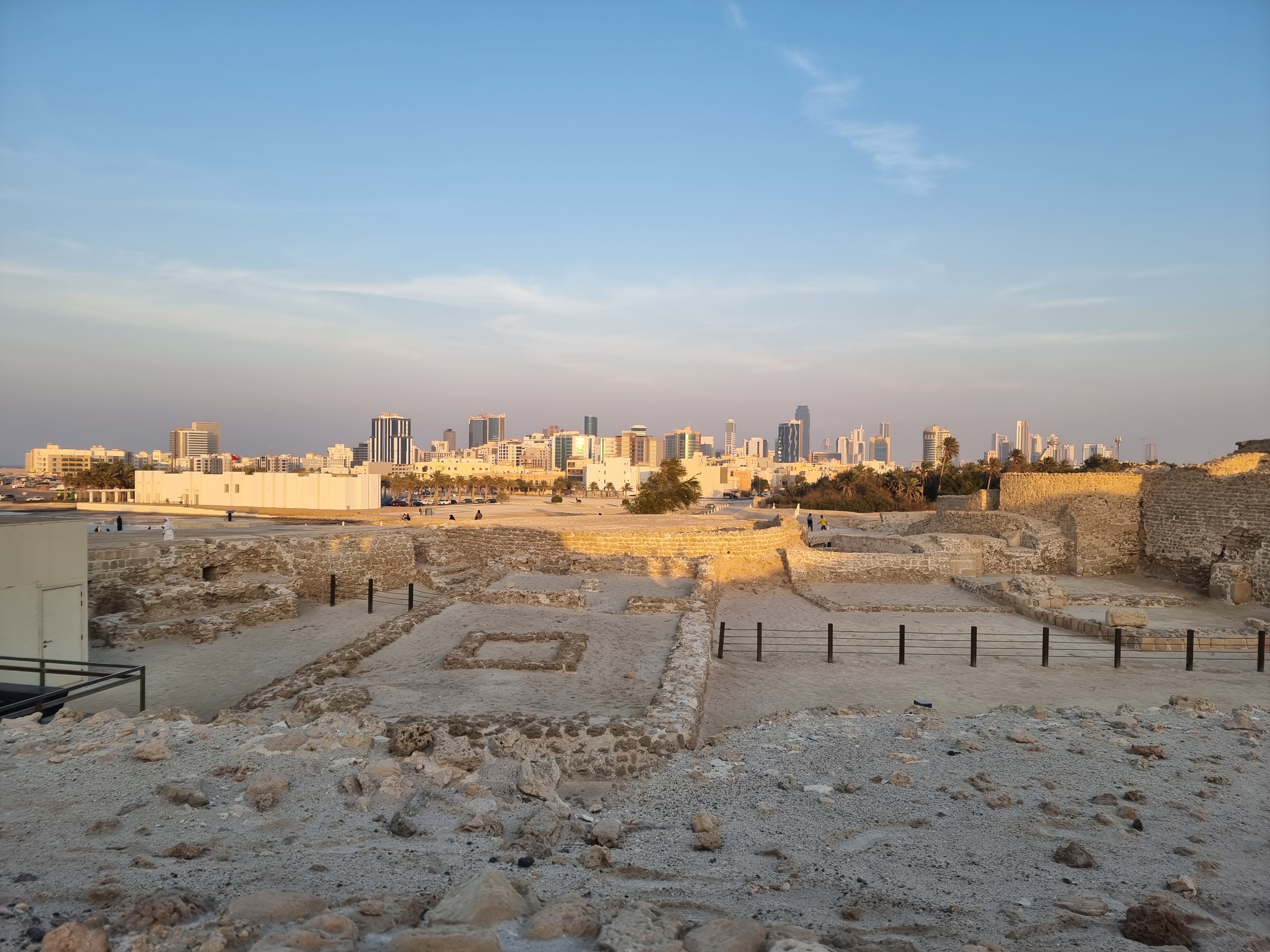
So we drove through several towns of Bahrain that day. Yes, we drove, because Bahrain or even the capital Manama are among the most pedestrian-unfriendly places I have ever seen. Even if the distances are short and you could theoretically walk, you may still have to take a car because your destination is cut off by a highway you cannot cross. Finding a parking space can furthermore become a nightmare. However, this is the rule and not the exception in this region. Dubai, Kuwait City and also the cities I saw in Saudi Arabia are similar in this regard.
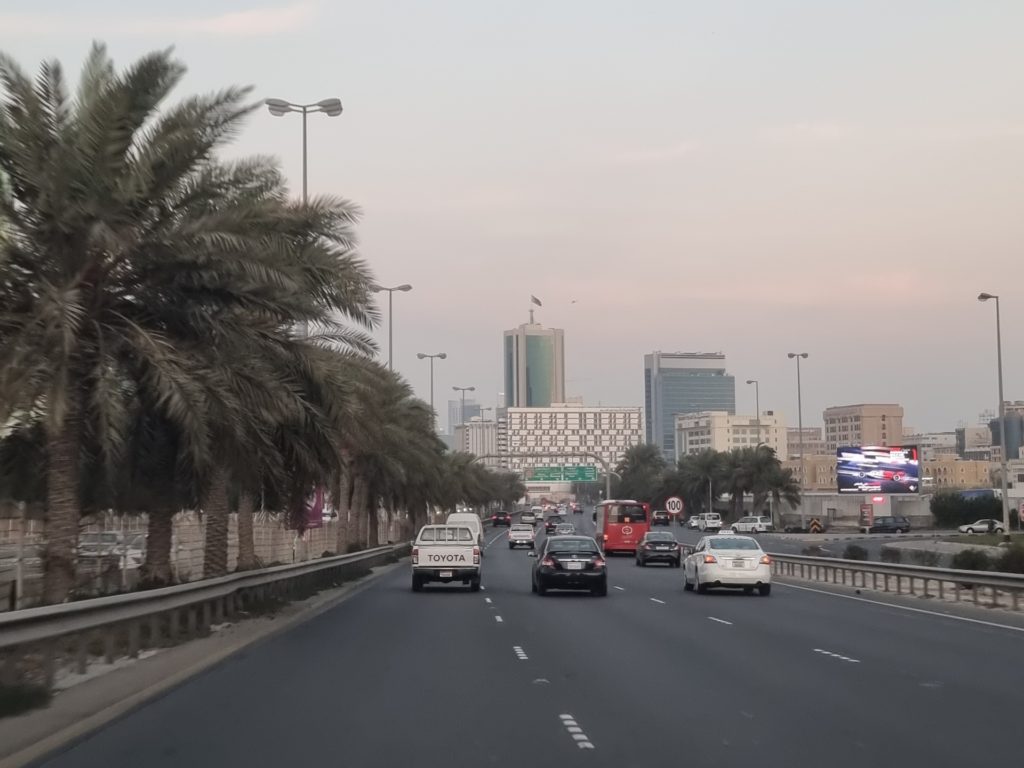
However, I must say that this is almost the only thing that bothered me in Bahrain. I expected Manama to be a similarly soulless artificial city as Dubai. While Bahrain is certainly heavily overbuilt as well, I found it to be a lot more authentic than Dubai. At least Bahrain definitely seemed more “Arabic” than the Emirate.
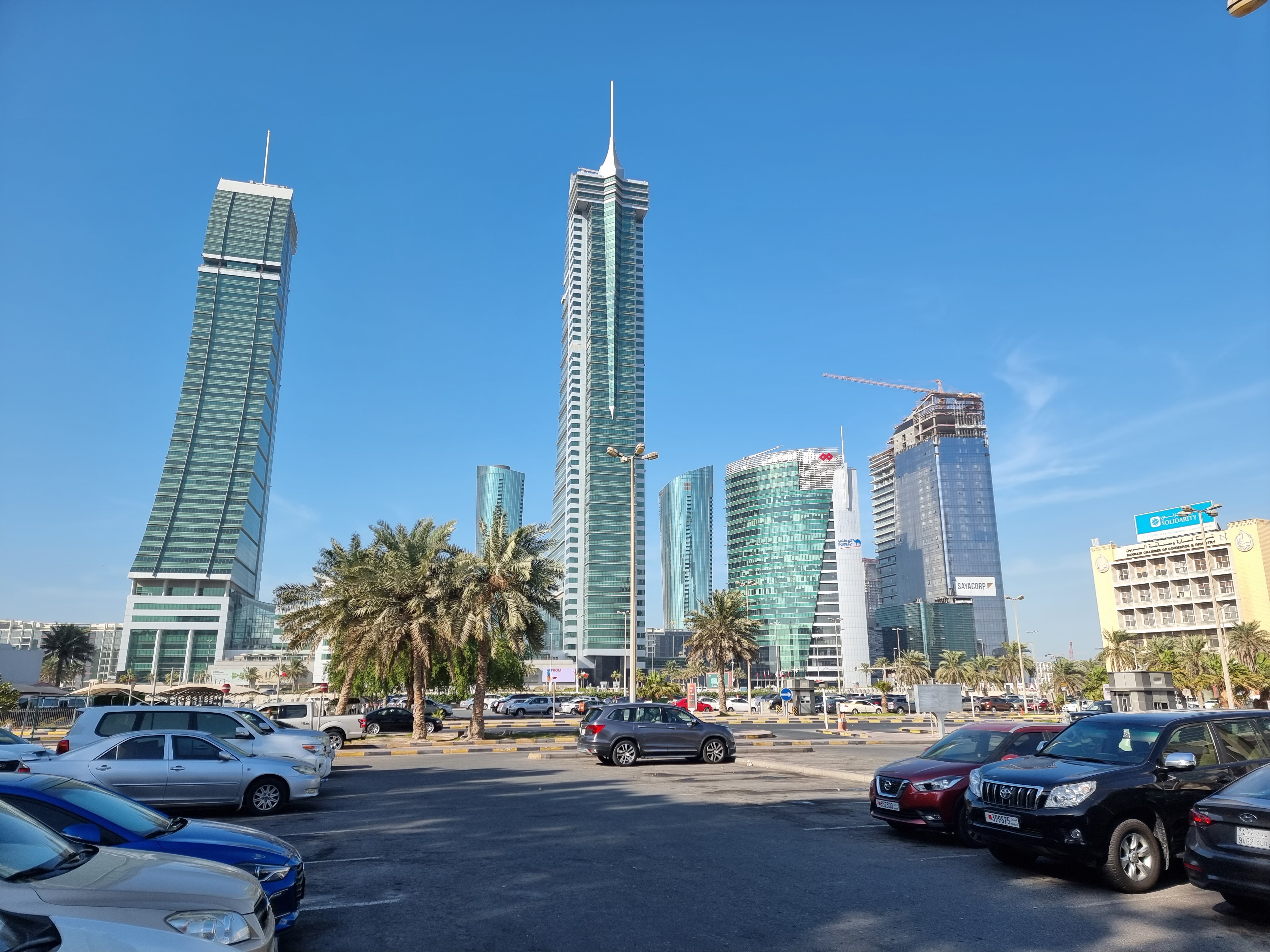
Besides, Bahrain is far from being as conservative as Kuwait. I noticed many women who did not cover their hair. Alcohol is allowed in the country and there is even decent nightlife. In fact, separated only by a 25 kilometer-long bridge, Bahrain is a welcome place for many Saudis to pursue the things that are forbidden in their country. More specifically, drinking alcohol and engaging in prostitution, which is widespread in Bahrain.
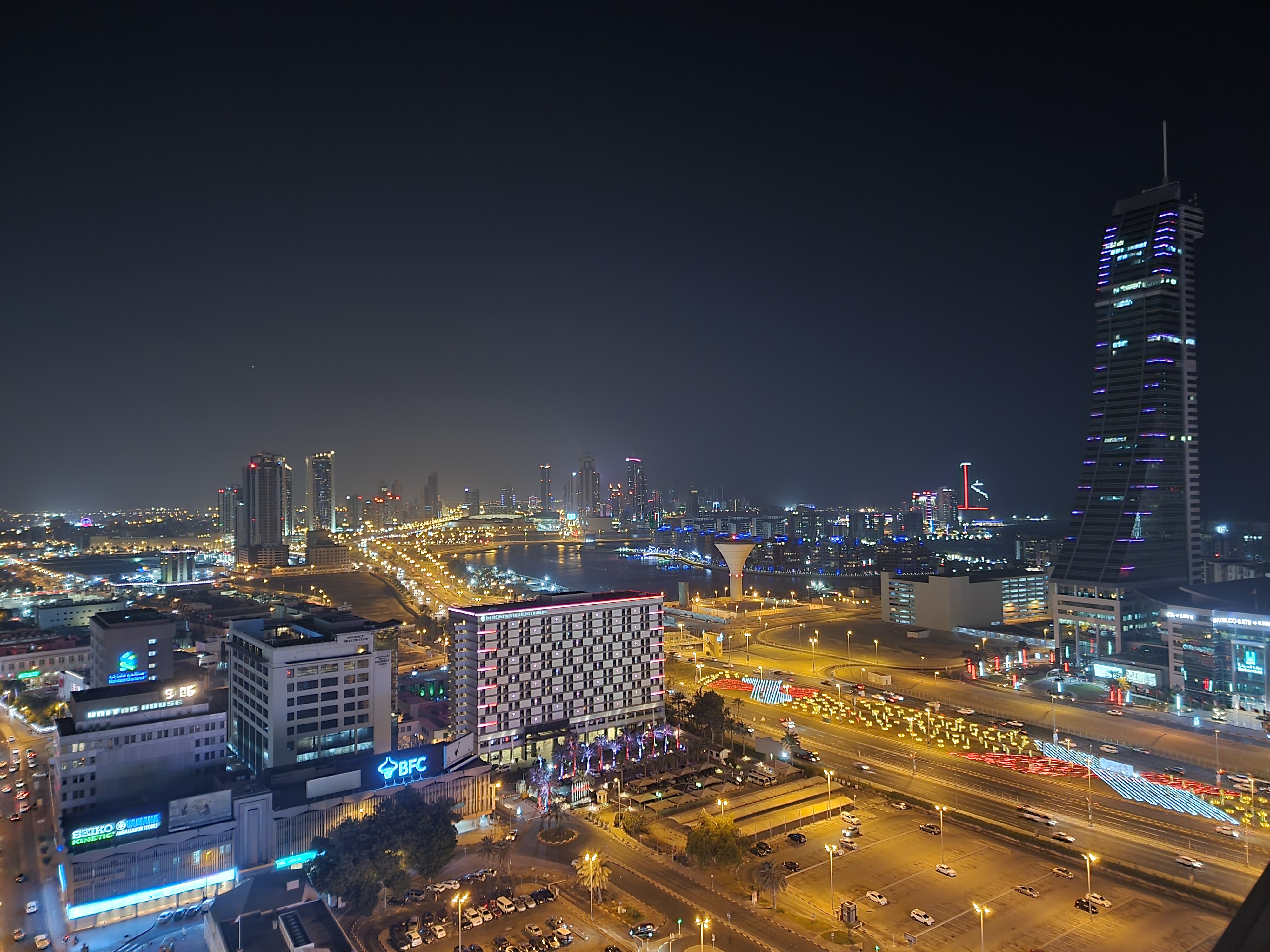
By the way, unlike the Saudis or Qatari, Bahraini people can marry a foreign spouse without special permission. This also shows that the country is more liberal-minded than its neighbors.
Just to be clear, Bahrain is still an authoritarian-ruled country. A Sunni royal family controls the country, although the majority of Bahraini people are Shia. Bahrain is also not a role-model in terms of freedom of the press or corruption. Nevertheless, I should also emphasize the positive achievements, especially in comparison with neighboring countries, such as the fact that women have the right to vote.
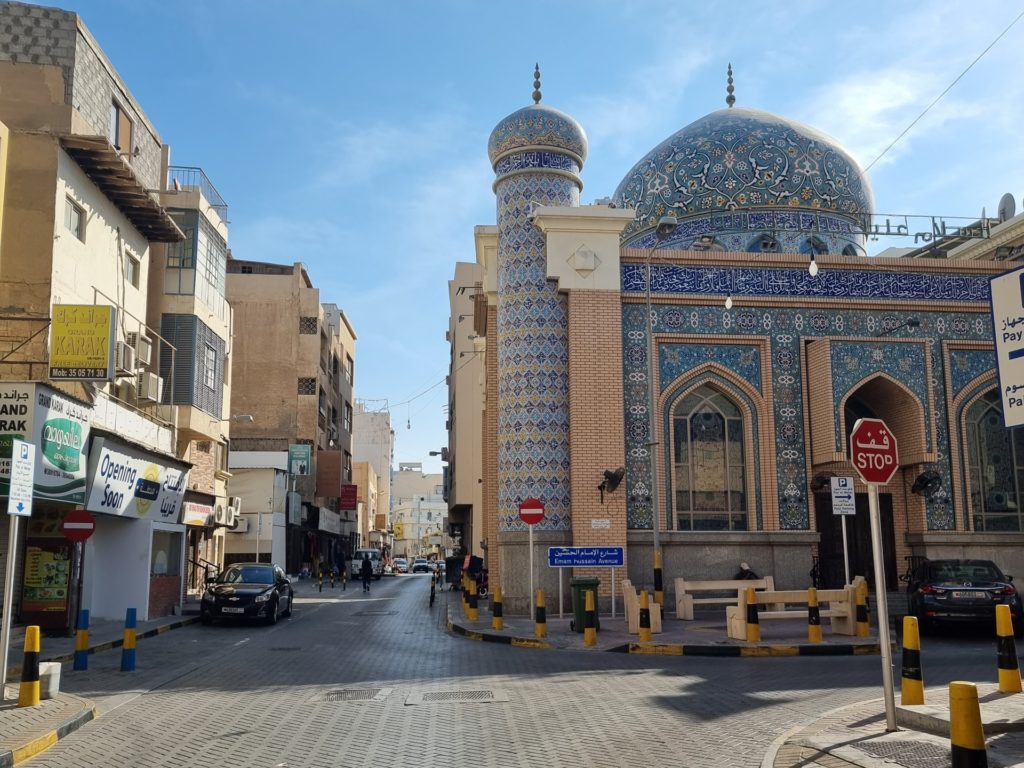
Of Bahrain’s 1.6 million inhabitants, about 50% are migrants, half of whom come from India, Pakistan or Bangladesh. You will meet people from the Indian Subcontinent mainly in cabs and Uber, but the strong presence is also noticeable in the many restaurants that sell food from this region. In general, the culinary diversity in Bahrain is great and you can find food from all over the world.
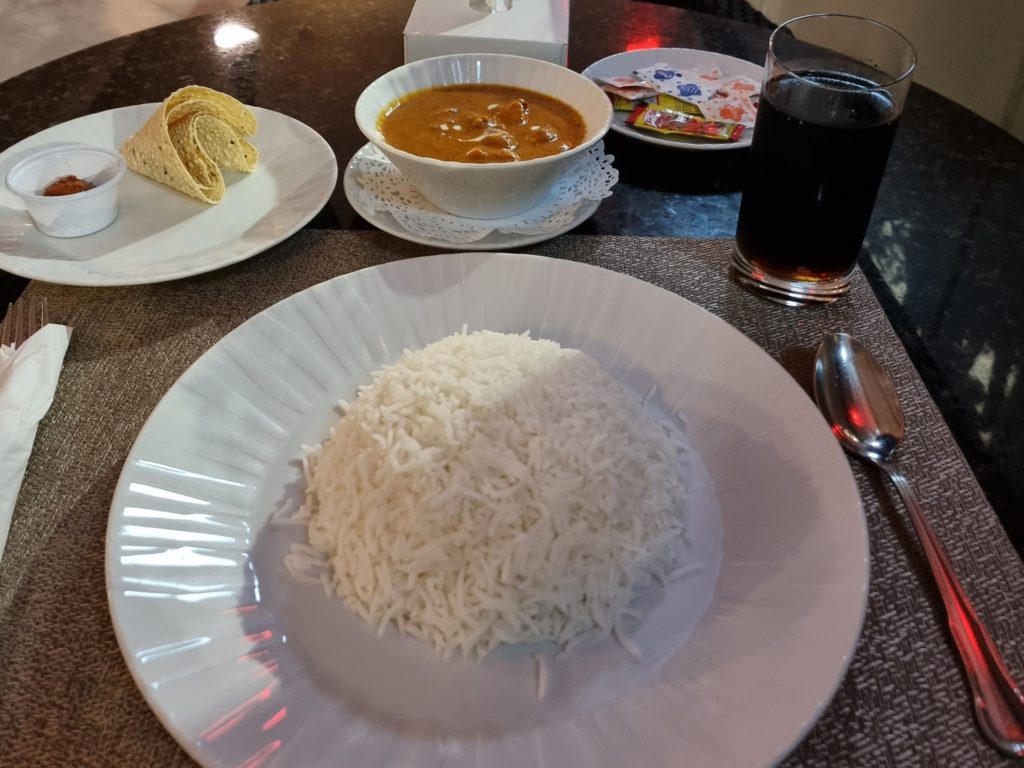
What about the price level? Bahrain is not a cheap destination, but it is not overly expensive either. At least in comparison with Saudi Arabia, Bahrain is more value for money. To put it in perspective, I paid USD 70 per night for my 4-star hotel (there are not many budget accommodations in Manama, by the way). A main course in a decent restaurant costs about $15-20. For a ten-minute ride with Uber you pay about $6.
Among its main attractions are the Al-Fateh Grand Mosque, the Qal’at al-Bahrain and the Bab al-Bahrain Souk. Furthermore, there are other interesting places, for example the Bahrain Bay (where there is also a beach, by the way) or the labyrinth-like alleys of Muharraq.
As is common in other countries in the Gulf region, malls are among Bahrain’s main attractions. There are several in Manama, of which I briefly visited The Avenues. Malls exist in these countries not only to satisfy the massive consumer appetite of the local population. They are also the places where people gather to socialize. Especially in summer, when temperatures are around 45°C, malls serve as cool and pleasant places to hang out.
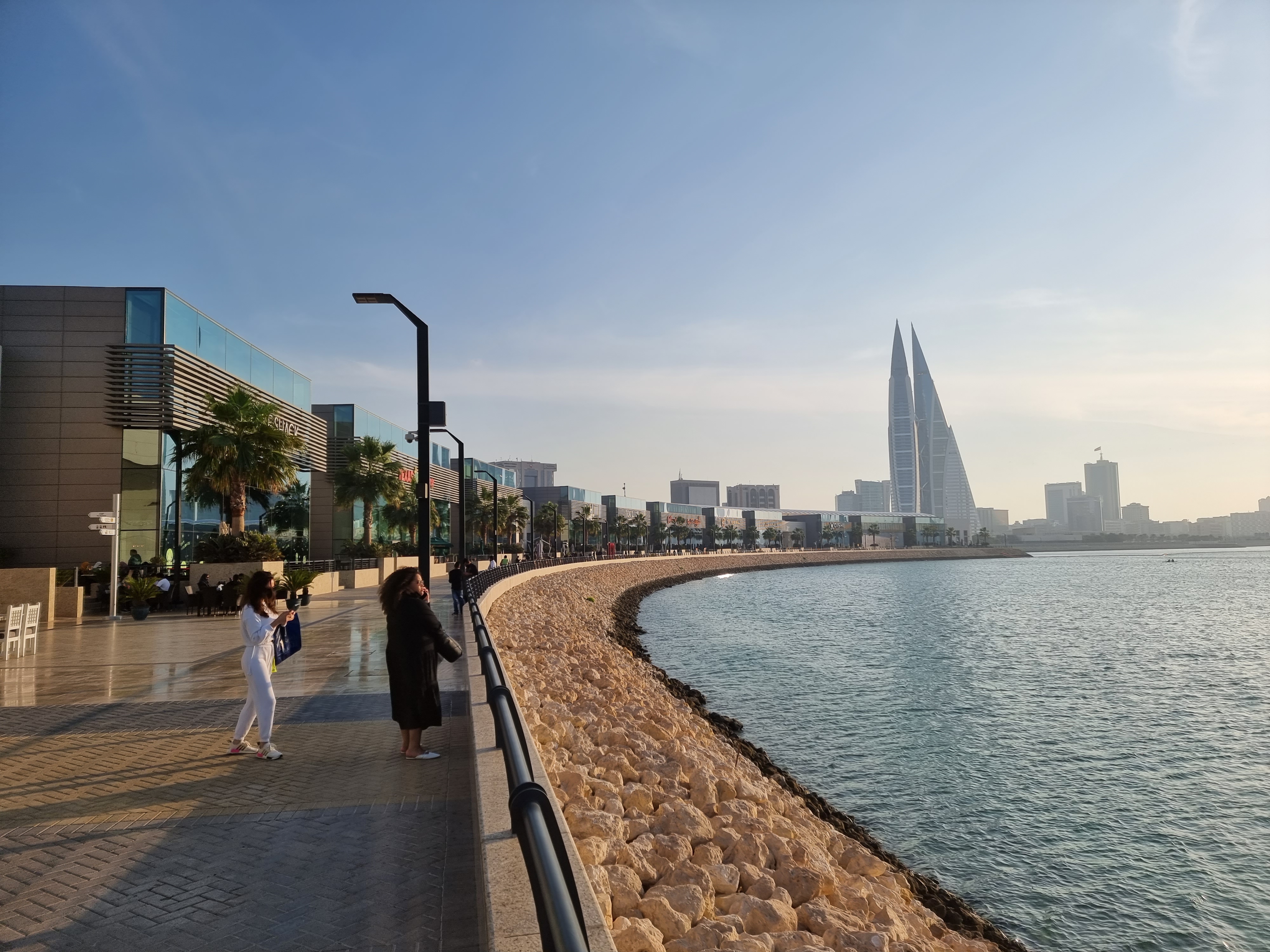
I did not see the Royal Camel Farm, where you can find several hundred camels and feed and pet the animals, as well as other forts of the country. But as I already explained, my focus was not on sights but on stories about Bahrain and its people. And I got that from my couchsurfing host.
Did Bahrain meet my expectations? To be honest, my expectations were clearly exceeded. As I wrote in the introduction, I expected Bahrain to be a second Kuwait, perhaps minimally more interesting. However, Bahrain and Kuwait are worlds apart, if only in terms of the activities that you can do. Also because Bahrain is much more liberal, the country is much more interesting and fun than Kuwait. Don’t get me wrong, Bahrain is not a must-see country despite my praise. However, there are definitely worse places to spend one or two days.
At the end of the day, Bahrain is a kind of Dubai light. Not quite as extravagant as the emirate, but also fancy and much more authentic. So is Bahrain a better destination than Dubai? I would say no. All in all, Dubai offers still more than Bahrain. But for those who want it more “Arabic”, Bahrain is a good alternative to Dubai.
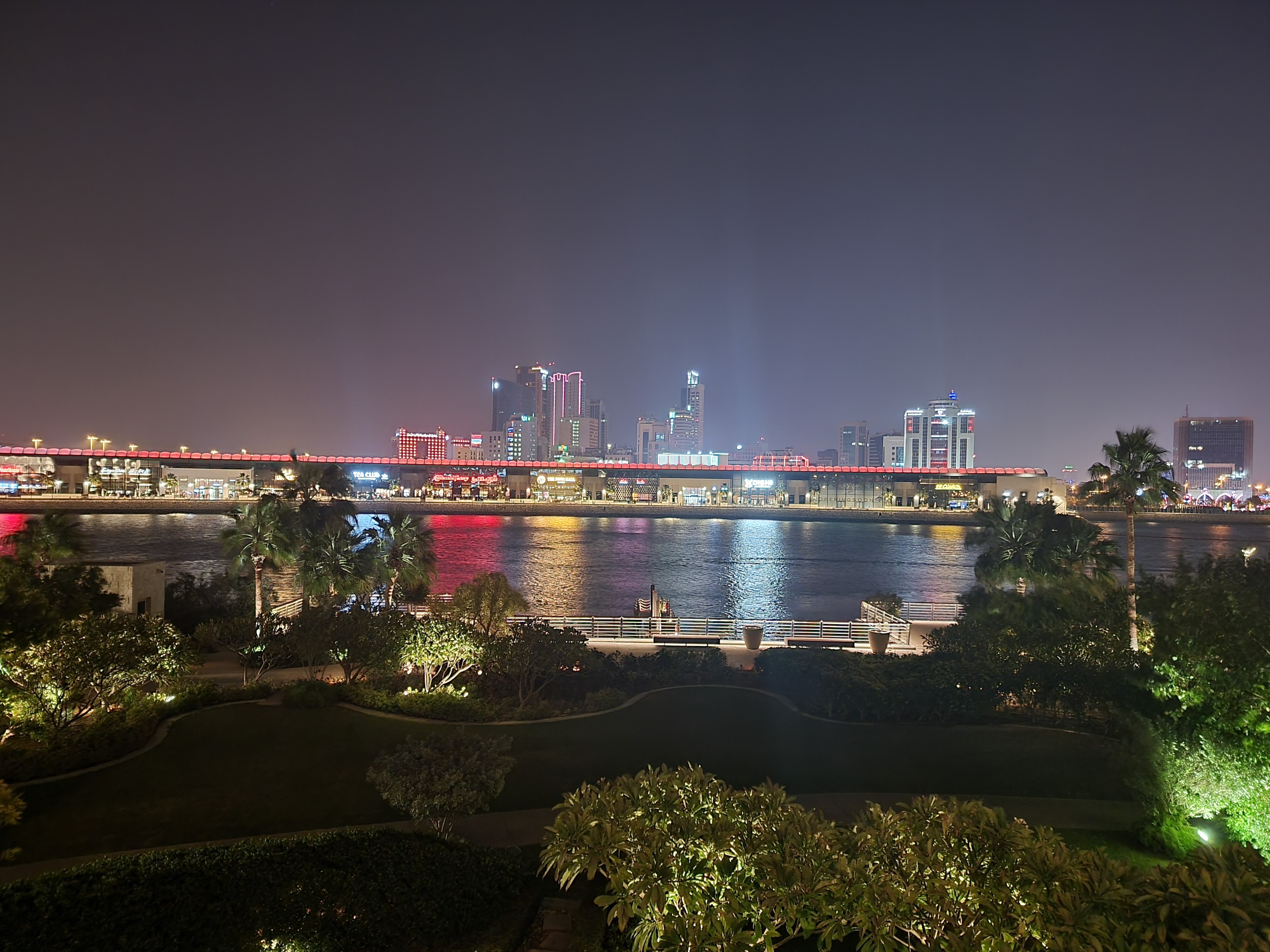
Now that I have seen Kuwait and Bahrain, one of the three micro-nations on the Arabian Peninsula is left: Qatar. Who knows, maybe I will manage to visit the country during a layover soon. But the Bahrain trip continued with another country first.
I took the bus from Manama across the King Fahd Causeway, a 25-kilometer-long bridge connecting Bahrain and the Arabian Peninsula. In the middle of this bridge is an artificial island, where I got my Bahrain exit stamp and a little while later the entry stamp of my 126th country: Saudi Arabia.
